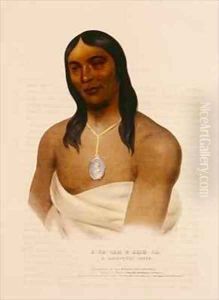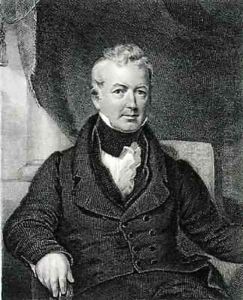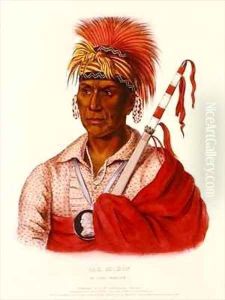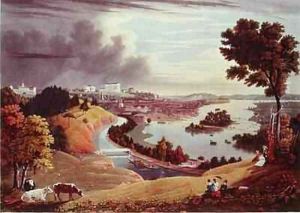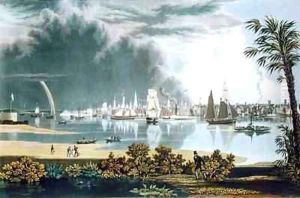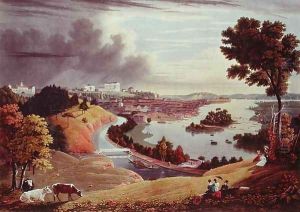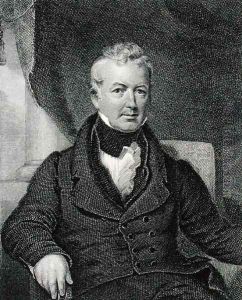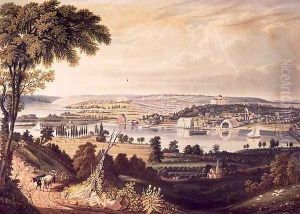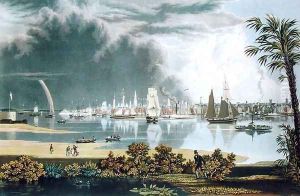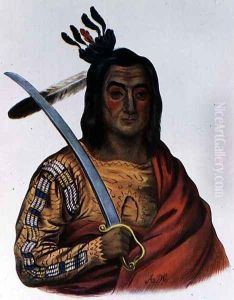George Cooke Paintings
George Cooke was an American painter known for his landscape and portrait paintings. Born on December 13, 1793, in Maryland, he did not initially pursue a career in art. Instead, Cooke began as a self-taught artist, developing his skills through practice and observation. Early in his career, he decided to focus full-time on painting, despite the lack of formal training.
In the 1820s, Cooke traveled to Europe to study the Old Masters, visiting England, France, and Italy. His time in Europe was transformative, allowing him to hone his skills and absorb various artistic styles and techniques. He became particularly influenced by the work of Thomas Lawrence and other contemporary European artists. Cooke's European studies had a significant impact on his style, which he carried back to the United States upon his return.
Cooke made several contributions to the American art scene in the 19th century. He is perhaps best known for his monumental work 'Interior of St. Peter's, Rome,' which reflected his fascination with European architecture and his skill in capturing the grandeur of such structures. This painting, along with others, was circulated in the United States, earning him recognition and acclaim.
Aside from his landscapes and architectural paintings, George Cooke also gained fame for his portraits. He painted several notable figures of his time, including President James Madison and General Marquis de Lafayette. His portraits were appreciated for their detail and the way they captured the personality and stature of his subjects.
Cooke's work was instrumental in the development of fine arts in the southern United States. He spent a significant part of his career in the South, particularly in New Orleans and Charleston, where he influenced local art communities and contributed to the cultural landscape.
George Cooke's health began to decline in the late 1840s, and he passed away on September 27, 1849, in New Orleans, Louisiana. Despite his early lack of formal training, Cooke's legacy endures through his contributions to American art, and his works are still studied for their historical value and artistic merit.



